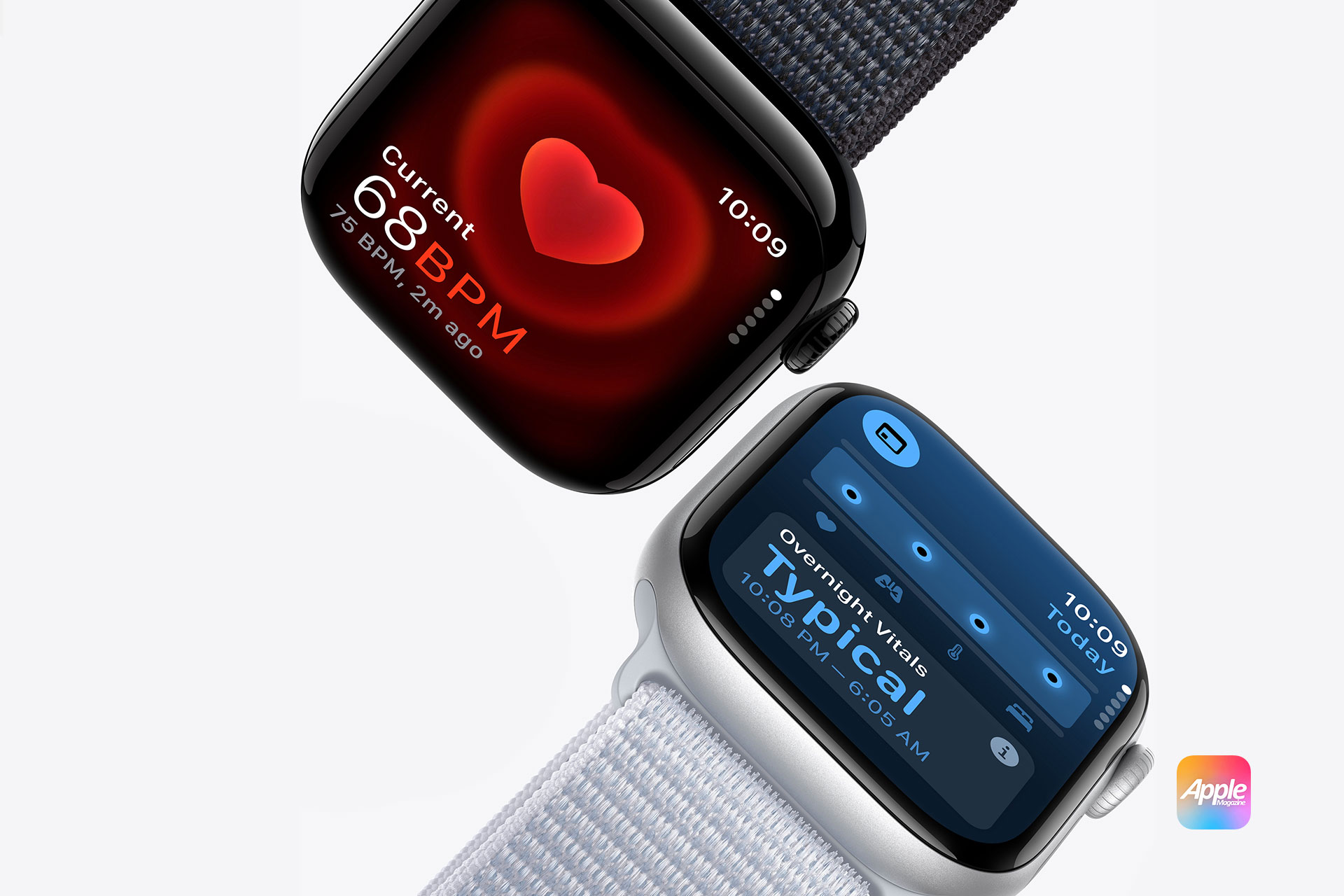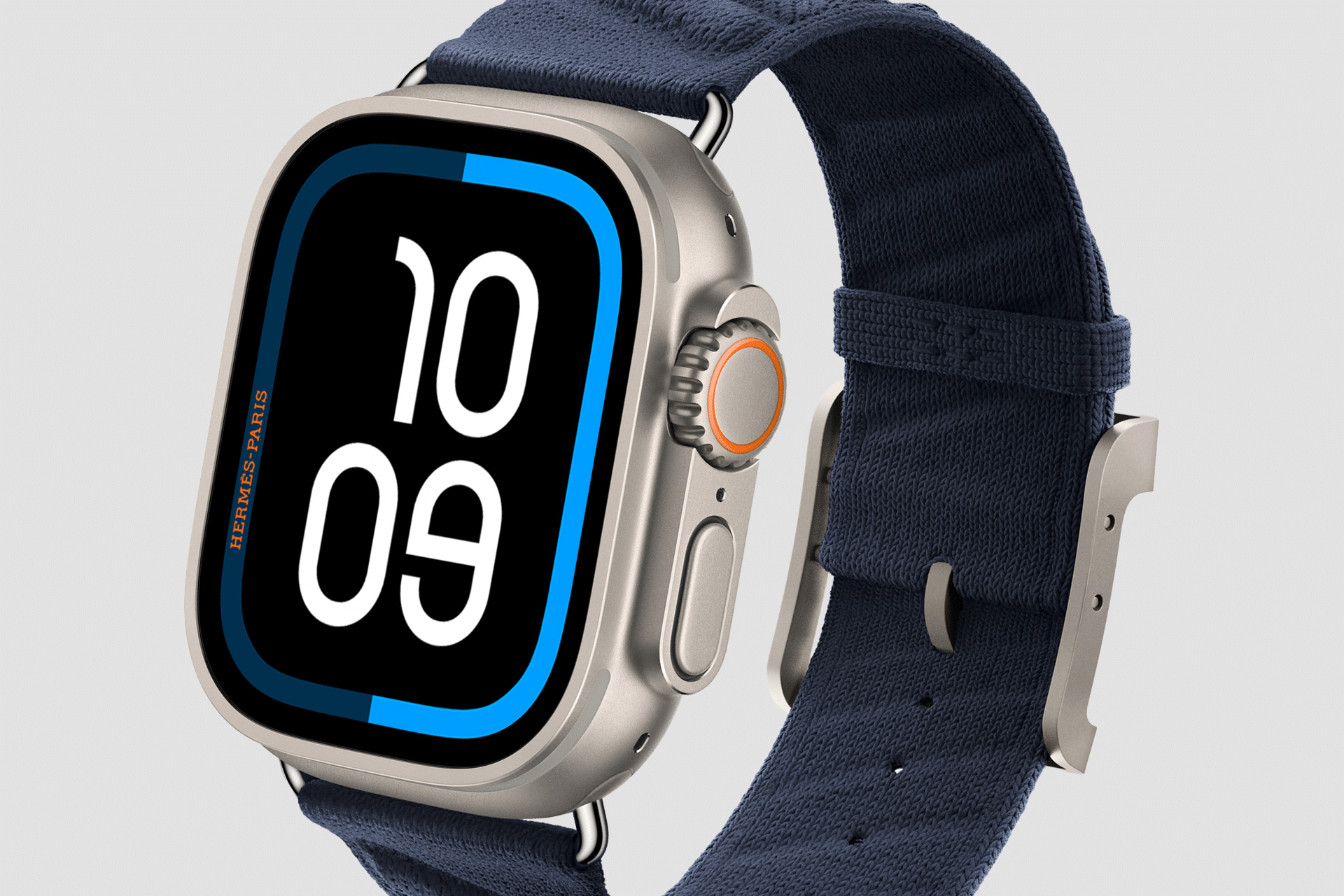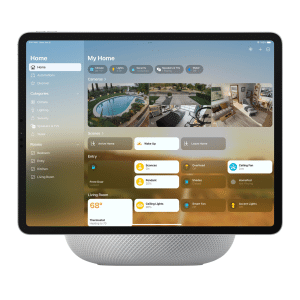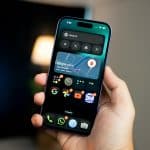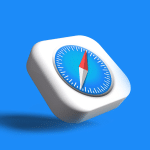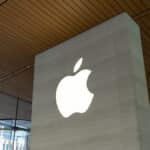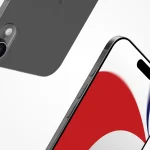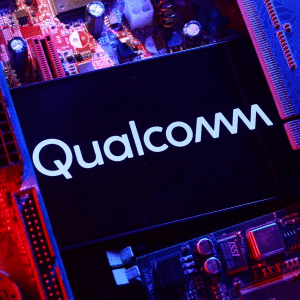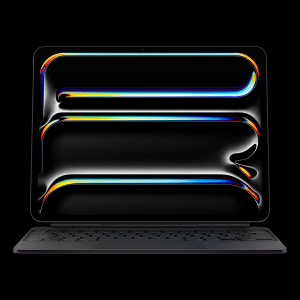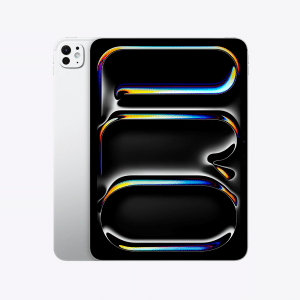The concept of an all-glass device isn’t new—rumors have swirled for over a decade about Apple ditching metal for a sleek, transparent look. Back in 2016, whispers of an “all-glass” iPhone 8 suggested a full glass back, a feature Apple had already delivered with the iPhone 4. But Instant Digital’s latest claim goes further, hinting at an Apple Watch with a complete glass enclosure, possibly sparing only the Digital Crown and side button. This could wrap the display around the device’s edges, creating a more immersive screen experience for users glancing at notifications or tracking workouts.
Today’s Apple Watch uses a durable Zirconia ceramic back, prized for withstanding daily wear. Swapping this for glass might raise eyebrows—after all, glass is less forgiving when dropped. Yet, Apple’s track record with toughened glass, like the Ceramic Shield on recent iPhones, suggests it could engineer a solution that balances beauty and resilience. For users, this could mean a lighter, more elegant watch that still holds up to life’s bumps.
Why Start with the Watch?
Instant Digital posits that Apple wants to test this all-glass concept on the Apple Watch before scaling it to the iPhone. It’s a practical choice: the Watch is smaller, less complex, and carries fewer expectations for heavy-duty use compared to a phone. If Apple can perfect a glass enclosure here—say, for a Series 11 or Ultra model in 2026 or 2027—it could iron out kinks like durability and manufacturing costs before tackling the iPhone, a device central to its revenue and reputation.
This isn’t blind speculation. Instant Digital has nailed some calls before, like the iPhone 16’s camera capture button and the yellow iPhone 14’s debut. Still, the leaker’s misses—like a predicted March 2024 iPad refresh that landed in May—remind us to take this with a grain of salt. What’s intriguing, though, is how this aligns with Apple’s patent history. Filings from 2020 show the company exploring wraparound touchscreens, a hint that an all-glass design has been simmering in Cupertino for years.
Practical Impacts for Users
What would an all-glass Apple Watch mean for you? Beyond the wow factor, an edge-to-edge display could make checking texts or fitness stats more intuitive—no more squinting at a tiny screen. It might also slim down the Watch’s profile, shedding the metal frame for a lighter feel on the wrist. Paired with features like the rumored cameras for 2027 models, it could turn the Watch into a mini visual hub, enhancing everything from navigation to quick FaceTime check-ins.
But there’s a flip side. Glass is slippery—think iPhone 4 vibes—and could demand a case for grip, negating some of that sleek appeal. Battery life, already a tightrope for the Watch, might also take a hit if a larger display draws more power. Apple would need to lean on its chip efficiency (think M-series advancements) to keep it ticking all day.
The iPhone Connection
If the Apple Watch proves glass can work, an all-glass iPhone might follow by the decade’s end. Picture a phone with no metal edges—just a smooth, unbroken surface front to back. It’s a vision Jony Ive reportedly chased: a device that feels like a single, sculpted object. Patents suggest wraparound screens that could turn the iPhone’s sides into interactive zones—volume controls one day, app shortcuts the next. For users, it’d be a futuristic leap, though one that might need a beefy case to survive a drop.
Apple’s not there yet. The iPhone 17 lineup, expected in 2025, is rumored to tweak materials—aluminum frames, part-glass backs—but it’s not the full-glass dream. The Watch, then, could be the guinea pig, letting Apple test production challenges and user feedback on a smaller scale.
Why It Matters
This isn’t just about looks. An all-glass design could streamline Apple’s manufacturing, cutting reliance on mixed materials and boosting recycling efforts—glass is easier to repurpose than metal-ceramic combos. For tech fans, it’s a taste of innovation that feels quintessentially Apple: bold, user-focused, and a little risky. Critics might scoff at the fragility, but if anyone can make glass tough enough for daily life, it’s the company that turned the smartphone into an art form.
For now, it’s a rumor—no prototypes, no timelines beyond “sooner than the iPhone.” But as Apple gears up for its next big thing—be it foldables or AI wearables—an all-glass Apple Watch could be the spark that lights the way.
